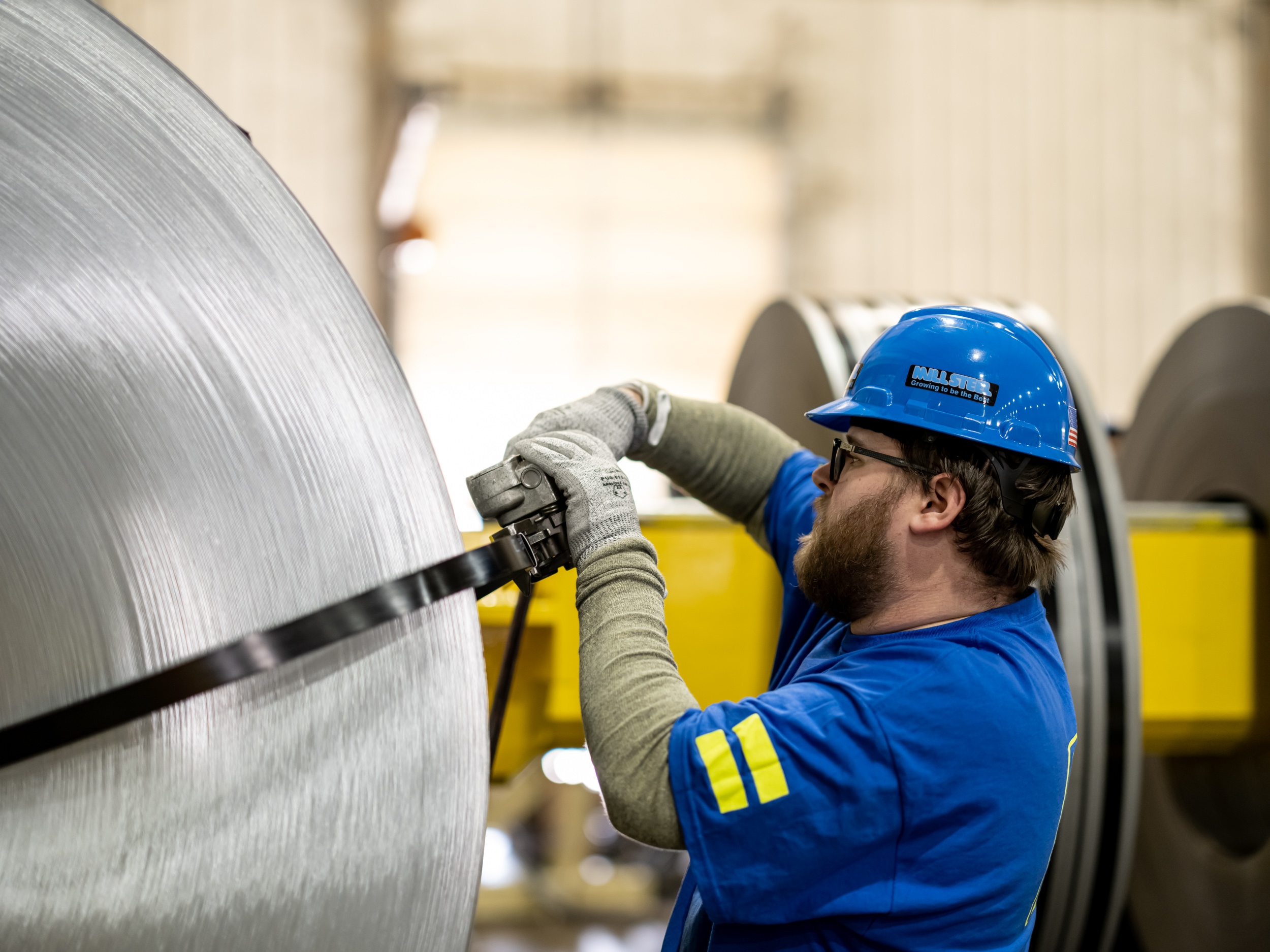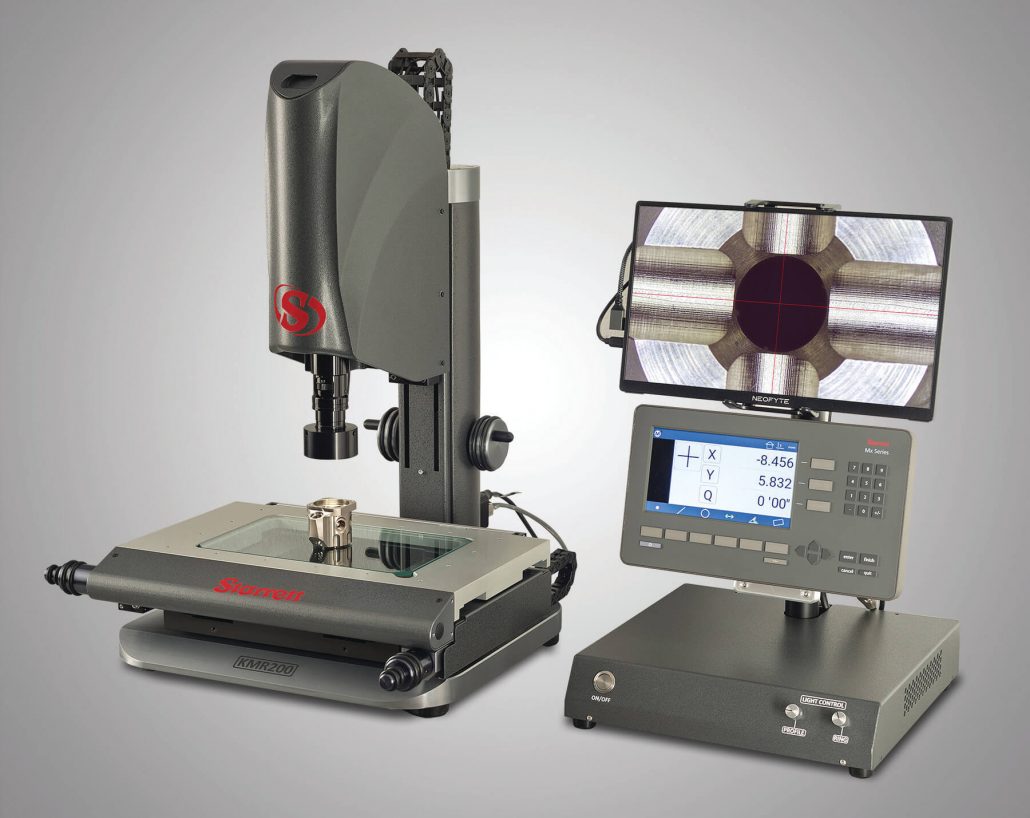
RMDAS Data Reveals Sharp Decline in U.S. Recycled Steel Prices
Ferrous scrap prices dropped sharply in May, according to the latest data from the Raw Material Data Aggregation Service (RMDAS), a trusted source from MSA Inc. in Pittsburgh. From April 21 to May 20, steel mills in the United States paid between $30 and $50 less per ton for key scrap grades compared to the previous 30-day period.
This decline marks a reversal from price peaks in March. Over the past 60 days, some grades have lost up to $94 per ton in value. The heaviest losses occurred in No. 2 shredded steel scrap, which fell from $469 per ton in March to $375 in May in the North Midwest region.
Prompt Scrap Holds Stronger, But Outlook Remains Weak
Among the tracked grades, prompt industrial composite scrap held its value best. In the North Central/East region, prices dipped from $499 per ton in March to $445 in May, showing a $54 drop. Meanwhile, nationwide average prices in late May stood at $439 per ton for prompt scrap, $378 for No. 2 shredded, and $332 for No. 1 heavy melting steel (HMS).
George Adams of SA Recycling, writing for the Bureau of International Recycling (BIR), noted that intense summer heat and price declines are already impacting collection. In places like Phoenix, Arizona, steel scrap flows were down 50% due to extreme heat and weak pricing.
Export Market Faces Asian Headwinds, But India Offers Support
Export demand has weakened due to global market pressures. Michael Gaylard of Sims Ltd. highlighted challenges from Chinese overproduction and Russian billet exports. These factors have reduced demand for imported scrap in South Korea, Vietnam, Malaysia, and Taiwan.
However, not all regions show weakness. Bangladesh continues to show steady demand for imported scrap, maintaining its multi-year upward trend. In India, demand for steel remains stable, but recycled steel imports fell 16% as the country emphasizes domestic scrap and sponge iron (HBI).
At SuperMetalPrice, we continue to monitor ferrous scrap prices and market developments. The recent price dip reflects global and seasonal pressures that could shape summer steel trading trends.











Leave a Reply
You must be logged in to post a comment.